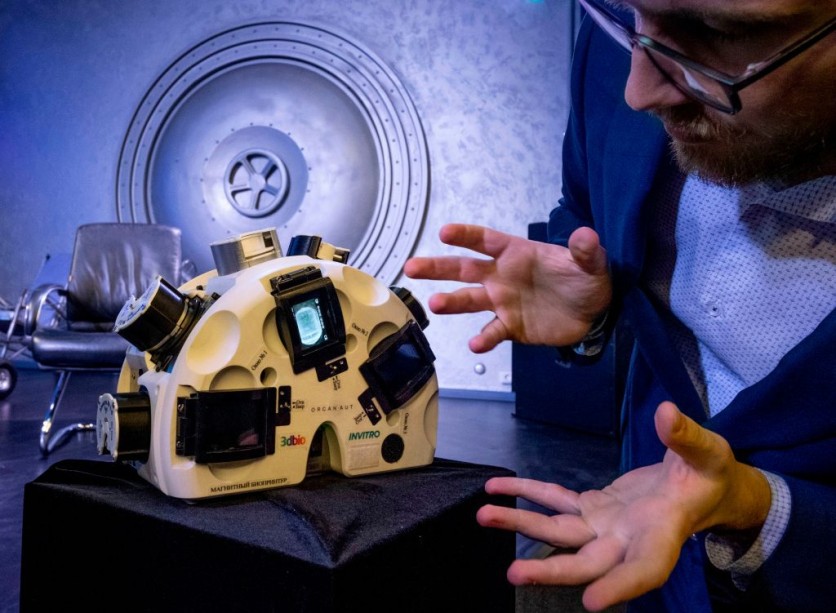German researchers have found a way to make bioprinting and rapid prototyping a lot faster by using holograms and sound fields, as reported by Engadget.

How It Works
The process utilizes acoustic pressure to mold silica gel microspheres and other materials into 3D shapes. To do this, the team first learned to create complex, layered holographic shapes that were formed from sound, which requires a huge amount of computational power.
Once the hologram is complete, it can be used to mold various materials. The shapes they made are not that large, and measures less than an inch, but are complex. What's even great is that fabricating them is a lot faster. With the results, there is huge potential that the technology may be used for bioprinting in the future.
The Importance of Bioprinting Today
Bioprinting is an important technology in the medical and scientific fields as it can help to create organs, tissues and other structures that can be used in medical treatments. It is also used to create prosthetics and implants, as well as to test new drugs.
Bioprinting is also a great way to test new materials and techniques for 3D printing. By using the same principles of accosting pressure to form shapes, researchers can use bioprinting to create 3D objects that are much more complex than what is possible with traditional 3D printing techniques.
Bioprinting can also be used to create structures and objects that are impossible to create with traditional manufacturing techniques. This has the potential to revolutionize the way we create products and could lead to the development of new materials and techniques.
Also read: This Is The First 3D-Printed Hotel Suite In The World: Yes, It Has A 3D-Printed Jacuzzi
Other Bioprinting and Rapid Prototyping Technology
Other rapid prototyping technologies can be used to create 3D objects, such as additive manufacturing and selective laser sintering. These technologies are often used in combination with bioprinting to create complex structures and objects.
In addition, there are other technologies that are related to bioprinting, such as biofabrication and tissue engineering. Biofabrication is the process of using cells and molecules to create structures, while tissue engineering is the process of using cells, scaffolds and other materials to create artificial tissue.
Both of these technologies are used to create artificial organs, tissues and other structures that can be used in medical treatments.
Bioprinting and rapid prototyping technologies are becoming increasingly popular in the medical field due to their ability to quickly and accurately create complex structures and objects. These technologies can be used to create artificial organs, tissues and other structures that can be used for medical treatments.
In addition, these technologies are being used to create 3D objects for other industries, such as automotive and aerospace. As the technology continues to evolve, it will become even more useful in a variety of industries.
Related article: Scientists Use 3D Bioprinting to Create Eyes to Better Understand Blinding Illnesses

ⓒ 2025 TECHTIMES.com All rights reserved. Do not reproduce without permission.




